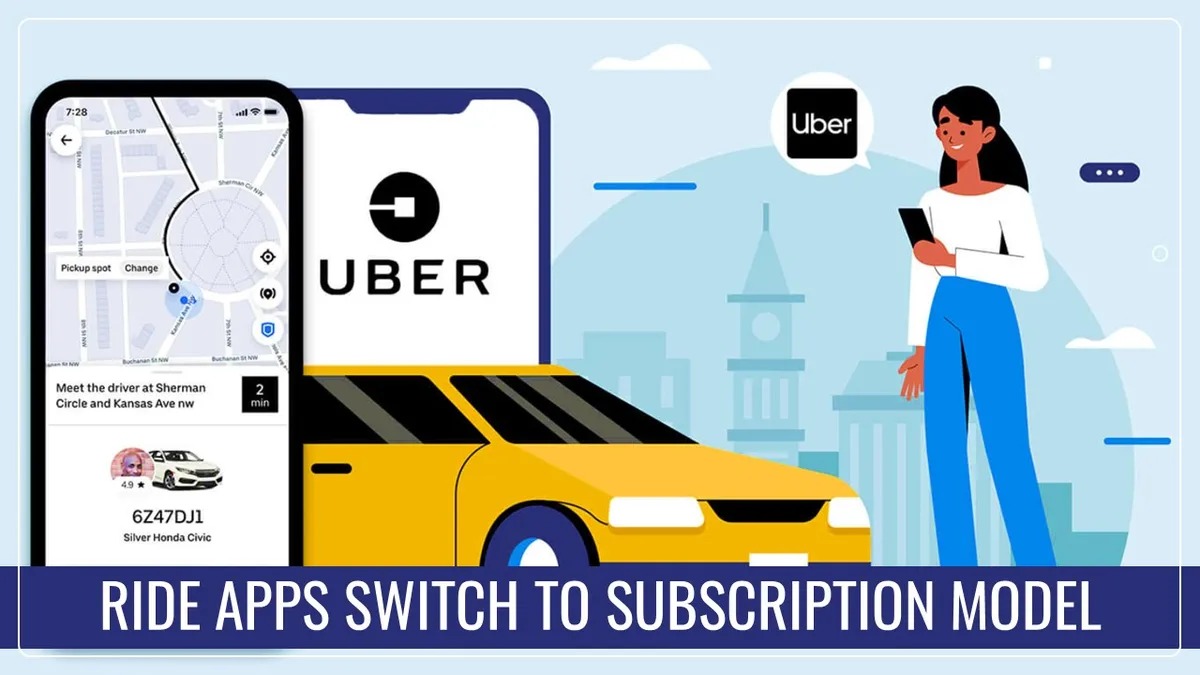Uber has transitioned to a subscription-based model for its driver partners across India, replacing the traditional commission structure. The move aims to retain drivers, reduce fare disputes, and navigate GST complexities. It aligns Uber with rivals Ola and Rapido, marking a major shift in India’s ride-hailing landscape.
A strategic pivot in India’s mobility sector
Uber has officially rolled out a subscription-based model for all driver categories—cars, autos, and bikes—across India. This marks a significant departure from its earlier commission-based system, where drivers paid 15–20 percent per ride. The new model allows drivers to pay a fixed weekly fee to access the platform, offering more predictable earnings and autonomy.
Why Uber made the switch
The change comes amid growing driver dissatisfaction over high commissions and fare disputes. Additionally, ambiguity around Goods and Services Tax (GST) liabilities for platform commissions prompted Uber to rethink its approach. By adopting a Software-as-a-Service (SaaS) model, Uber positions itself as a neutral intermediary, reducing its tax exposure and simplifying compliance.
Key highlights
- Uber replaces per-ride commission with a fixed subscription fee for drivers
- The model covers all categories: autos, cars, and bikes nationwide
- Drivers now negotiate fares directly with riders, increasing flexibility
- Uber no longer bears responsibility for fare disputes under the new system
- The shift helps Uber navigate GST complexities and retain driver loyalty
Impact on drivers and riders
Drivers benefit from greater control over pricing and reduced platform deductions, while riders may experience more fare variability. Payments are now limited to cash and UPI, removing card-based options. Uber’s role is now limited to matchmaking, with less involvement in fare regulation or dispute resolution.
Conclusion
Uber’s subscription model marks a bold shift in India’s ride-hailing ecosystem. By aligning with competitors like Ola and Rapido, the company aims to improve driver satisfaction and regulatory compliance. While the long-term impact on rider experience remains to be seen, the move reflects a growing trend toward platform decentralization and operational agility.
Sources: Business Standard, Masters’ Union, Medianama





